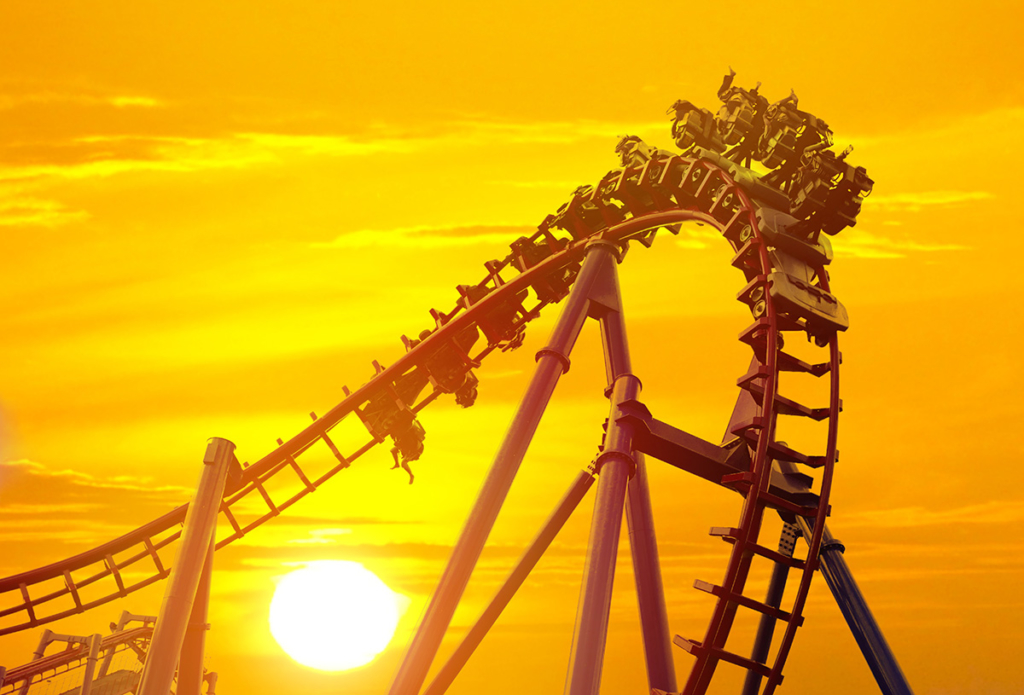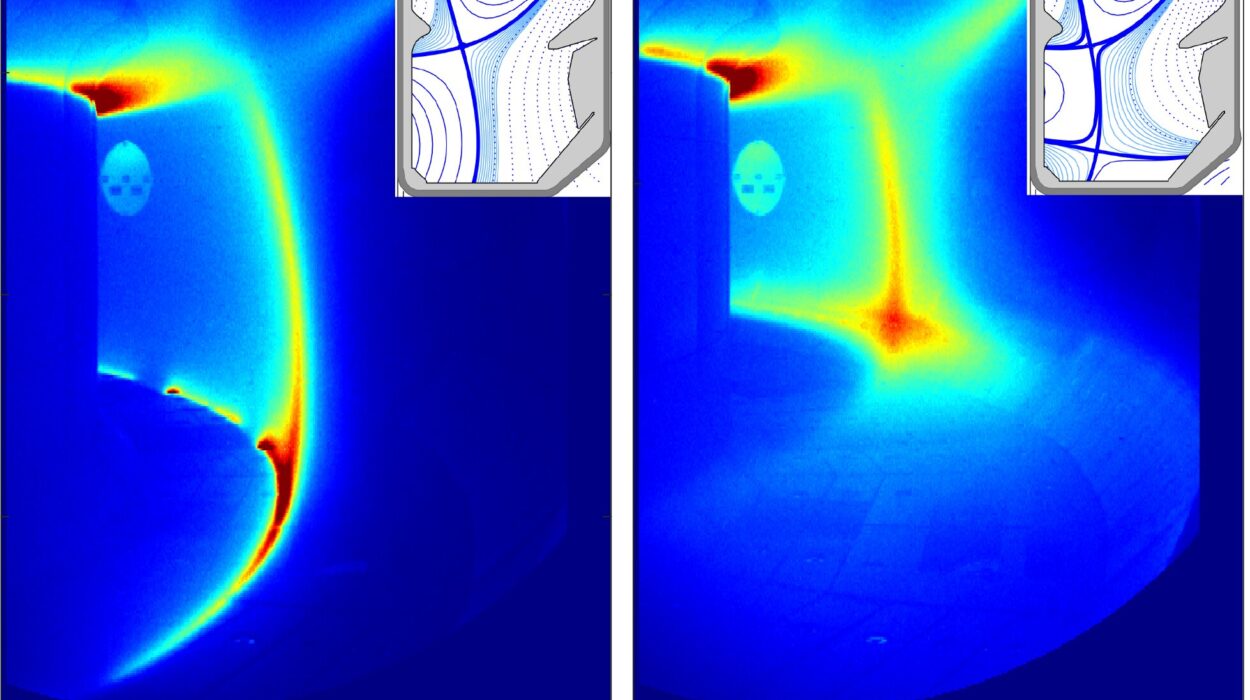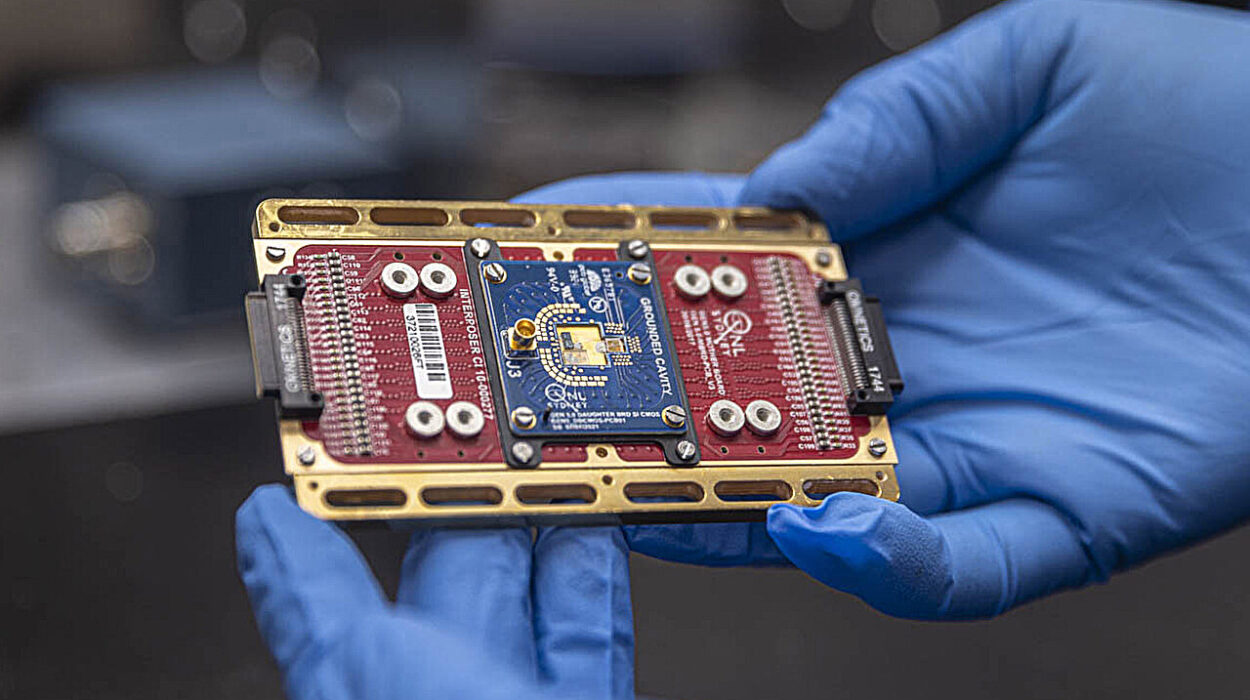There is a peculiar beauty in the terror of roller coasters. They evoke shrieks of excitement, stomach-churning drops, and the irresistible pull to ride again. But behind the loops and lifts, corkscrews and climbs, lies a carefully crafted masterpiece of physics and engineering. Every twist in the track, every moment of weightlessness, every heart-pounding plummet is not a product of chaos, but of precision. The thrill you feel as your body is pressed against your seat or floats upward in a moment of near-zero gravity is no accident—it’s physics in action.
Roller coasters are monuments to the laws of motion. Though they may seem like an adrenaline-fueled escape from reality, they are in fact obedient servants of gravity, inertia, and energy conservation. They transform hills into speed, curves into forces, and acceleration into joy (or terror). In this deep dive, we’ll explore how the physics of roller coasters creates an experience that can leave you breathless, laughing, and questioning your sanity—all within ninety seconds.
The Birth of the Roller Coaster: A Physics Experiment in Disguise
Before there were massive steel beasts soaring hundreds of feet in the air, there were humble wooden sleds on icy slopes. The story begins in 17th century Russia, where people rode slides made of wood and ice for entertainment. These “Russian Mountains” set the precedent for what would become the roller coaster. As engineers and tinkerers began experimenting with inclined planes and cars on tracks, a realization dawned: gravity could be a thrill-maker.
By the time LaMarcus Adna Thompson introduced the “Switchback Railway” in 1884 at Coney Island, the concept had evolved into an entertainment science. Riders were lifted to the top of a wooden incline and released, coasting to a lower platform. The ride used simple mechanics—no motors, no loops—just a drop, gravity, and wooden wheels. Even this rudimentary experience showcased the core principles of energy transfer and motion that govern every modern roller coaster today.
Potential and Kinetic Energy: The Dance Begins
The moment you board a roller coaster, the ride begins its silent calculation. As the chain lift drags your car up the initial incline—usually the tallest point—you are not yet experiencing thrill. But something remarkable is happening: energy is being stored.
At the top, your coaster holds a cache of gravitational potential energy. The formula is elegantly simple:
PE = mgh,
where m is your mass, g is the acceleration due to gravity, and h is the height from the ground.
The higher you go, the more potential energy you store. But this energy is just waiting to be converted. The moment the car tips over the edge, gravity takes hold, and potential energy begins its rapid transformation into kinetic energy—the energy of motion, given by
KE = ½mv²,
where v is your velocity.
This shift from potential to kinetic is what powers the entire ride. Roller coasters don’t have engines on the track after the lift hill—gravity becomes the engine. From this point forward, every twist, dip, and inversion is powered by physics. The original potential energy created at the top is spent, piece by piece, through kinetic excitement.
Newton’s Laws: Riding the Roller of Motion
Sir Isaac Newton’s three laws of motion form the theoretical backbone of roller coaster physics.
Newton’s First Law states that an object in motion stays in motion unless acted upon by an external force. On a coaster, once the car begins descending, it would continue forever if not for forces like friction and air resistance slowing it down.
His Second Law, F = ma (force equals mass times acceleration), governs how you feel pressed against your seat or thrown side to side. The acceleration provided by gravity or track curves results in forces acting on your body, giving rise to the infamous “G-forces.”
The Third Law—for every action, there is an equal and opposite reaction—is felt when you’re pushed into your seat at the bottom of a drop. Your inertia wants to keep going down, but the seat pushes back. That push is your body’s way of interpreting the force: as weight, pressure, and sometimes sheer awe.
These laws are not just abstract ideas in textbooks; they become intensely real as your stomach rises, your body sways, and your equilibrium is challenged. Roller coasters are perhaps the most fun way to experience Newtonian physics firsthand.
G-Forces: Manipulating Gravity for Thrills
G-forces are one of the key ingredients in the recipe for exhilaration. A “G” is a measure of acceleration relative to the force of gravity. When you’re sitting still, you feel 1 G—your normal weight. But roller coasters mess with this in brilliant ways.
At the bottom of a steep drop, you might feel 3 or 4 Gs, meaning you feel three or four times your normal weight pressing down on you. This “positive G-force” pins you into your seat. It’s like wearing a giant invisible backpack.
But then there’s the opposite—negative G-force, or what riders call “airtime.” When the coaster crests a hill at speed, you might feel your body lift off the seat. Here, the acceleration is less than gravity, creating a sensation of weightlessness. At 0 Gs, you’re essentially in free-fall.
Designers use these G-forces to carefully craft a narrative of thrill. Too many Gs for too long can be dangerous, but short bursts are exhilarating. The challenge is to choreograph a dance of acceleration that thrills without overwhelming.
Friction and Air Resistance: Nature’s Brakes
Left unchecked, a roller coaster would keep accelerating until it tore itself apart or left the rails. Fortunately—or unfortunately, depending on your love for speed—nature provides built-in brakes in the form of friction and air resistance.
As the coaster wheels roll along the track, friction is generated between the wheel bearings and the rails. Designers minimize this by using high-quality materials and precision engineering, but it’s impossible to eliminate entirely. Similarly, as the coaster speeds through the air, it encounters drag, which acts against its motion.
These forces are vital to controlling speed. In fact, roller coaster engineers rely on them when calculating the minimum height for hills and the necessary spacing between elements. A loop placed too late in the ride might lack the necessary kinetic energy to complete the maneuver, slowed too much by friction and drag.
Modern roller coasters often incorporate magnetic braking systems and other technologies, but even these systems work in harmony with natural resistances to ensure safety without robbing riders of their thrill.
Loop-the-Loops and Inversions: The Geometry of Fear
Perhaps no roller coaster element commands more awe than the loop. Riding upside down, suspended only by the engineering of the track and the physics of motion, is a psychological and physical highlight. But how does it work?
The key is centripetal force—the inward force required to keep an object moving in a circular path. As the coaster enters a loop, its velocity and mass combine to generate a force that pushes the car and its riders toward the center of the loop. This force is provided by the rails.
Interestingly, most coaster loops are not perfect circles. They are shaped like a teardrop or clothoid loop, which starts more gently at the bottom and tightens toward the top. This reduces the G-forces at the apex and makes the loop safer and more comfortable. A perfect circle would require extremely high speeds to maintain centripetal force at the top, leading to excessive G-forces at the base.
Every inversion—be it a corkscrew, barrel roll, or Immelmann—uses this same principle: guiding the car through a curved path with forces pushing inward, not outward. So despite your gut instincts, you’re not being flung out of your seat; you’re being pushed firmly into it.
The Role of Mass: Why Coasters Need Riders
You might think the roller coaster car does all the work, but it needs its riders just as much as its wheels. That’s because mass plays a central role in momentum and energy calculations.
The more mass (combined weight of the car and its riders), the more momentum the system has. This helps the coaster maintain speed through elements that would otherwise slow it too much. That’s why a fully loaded coaster often feels faster and more forceful than an empty one.
Designers account for varying mass loads, ensuring the ride works under different weight distributions. But mass is not merely a statistic—it’s an active part of the ride’s physics. It influences speed, G-force intensity, and the ability to complete loops and hills. When you ride a coaster, you’re not just along for the thrill—you’re part of the machinery.
Braking and Safety: When Physics Becomes a Lifesaver
As thrilling as coasters are, safety is paramount. The most important—and least noticed—application of physics is in braking. Coasters can’t rely on traditional brakes, especially at high speeds. Enter eddy current brakes and magnetic braking systems.
These systems exploit Lenz’s Law, which states that moving a conductor through a magnetic field induces a current that opposes the motion. When a metal fin on the coaster moves between magnets, an eddy current is generated, creating a magnetic field that resists motion—slowing the train without physical contact.
This non-frictional braking reduces wear, increases reliability, and allows for precise deceleration. Combined with computer control systems, these brakes ensure that coasters stop exactly where they’re supposed to, every time. Safety harnesses, redundant systems, and constant maintenance are also rooted in engineering physics, ensuring that even in failure, backup systems keep riders safe.
Design and Simulation: The Physics Before the Ride
Before a single track is laid, roller coasters are born in simulations. Engineers use computational physics and mathematical modeling to test every element of a design. They simulate every force, every angle, every change in speed before the coaster is ever built.
Virtual testing allows designers to tweak hills, loop sizes, and curvature radii for optimal thrill and safety. They calculate G-forces at every point, ensuring they remain within tolerable limits. These simulations also account for wind, temperature, and potential rider variation.
The blend of physics and software creates rides that not only push limits but do so predictably. What seems like chaos to the rider is, in fact, a script written in the language of math and motion.
Modern Marvels: Innovations in Coaster Physics
With advancements in materials and computing, roller coasters have reached new heights—literally. Magnetic launch systems now replace traditional lift hills, using linear induction motors (LIMs) or linear synchronous motors (LSMs) to accelerate trains at breakneck speeds. These systems apply precise electromagnetic forces to propel trains forward, mimicking the acceleration of fighter jets.
Some coasters use tilt tracks, rotating seats, or virtual reality headsets to enhance the experience. While these may seem like gimmicks, their integration requires precise physics modeling to ensure synchronization with real motion. Even wood coasters now incorporate steel-hybrid designs to combine the nostalgic feel of wood with the fluid motion of steel.
From the physics of acceleration to the biology of human perception, modern roller coasters are interdisciplinary masterpieces, blending physics, engineering, psychology, and artistry.
Conclusion: Riding the Equation
The next time you find yourself strapped into a roller coaster, remember: you’re not just riding a thrill ride. You’re experiencing the real-time application of centuries of scientific thought. From Newton’s laws to conservation of energy, from centripetal force to magnetic induction, the ride is a living equation.
Every scream is a testament to a calculated force. Every drop is a surrender to gravity’s pull. Every loop is a tribute to human ingenuity and our unending quest to turn natural laws into pure exhilaration.
The physics of roller coasters doesn’t just explain how rides work—it celebrates the joy of understanding, of predicting the unpredictable, and of transforming cold equations into breathless moments of wonder. So the next time you hear the click-click-click of the chain lift and feel your heart begin to race, take comfort in knowing that physics is not just your guide—it’s your co-pilot.






